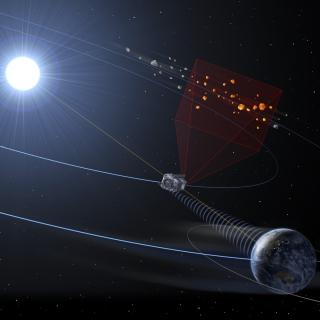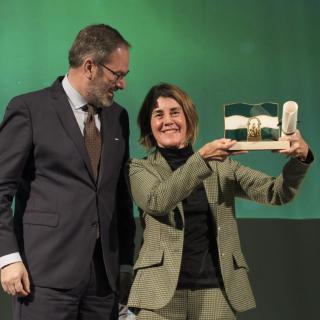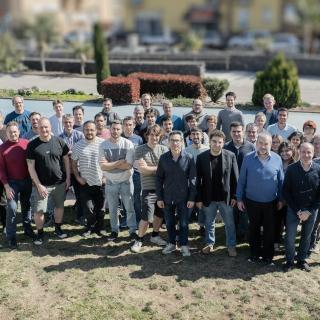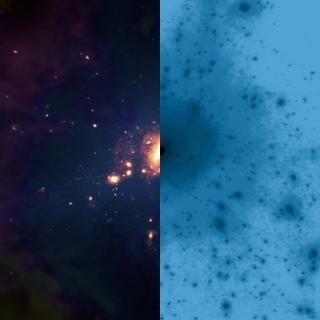
The meeting, which will take place on Friday 1 March at 18:00, is being held on the occasion of the International Day of Women and Girls in Science and International Women's Day. The Museum of Science and the Cosmos, associated with the Instituto de Astrofísica de Canarias (IAC), is hosting the Forum of Women Scientists and Technologists this Friday, with the aim of raising the profile of women in the STEM field and serving as a vocational inspiration for future generations. The event will consist of a round table discussion, which will take place in the Museum's assembly hall at 18:00 and
Advertised on




